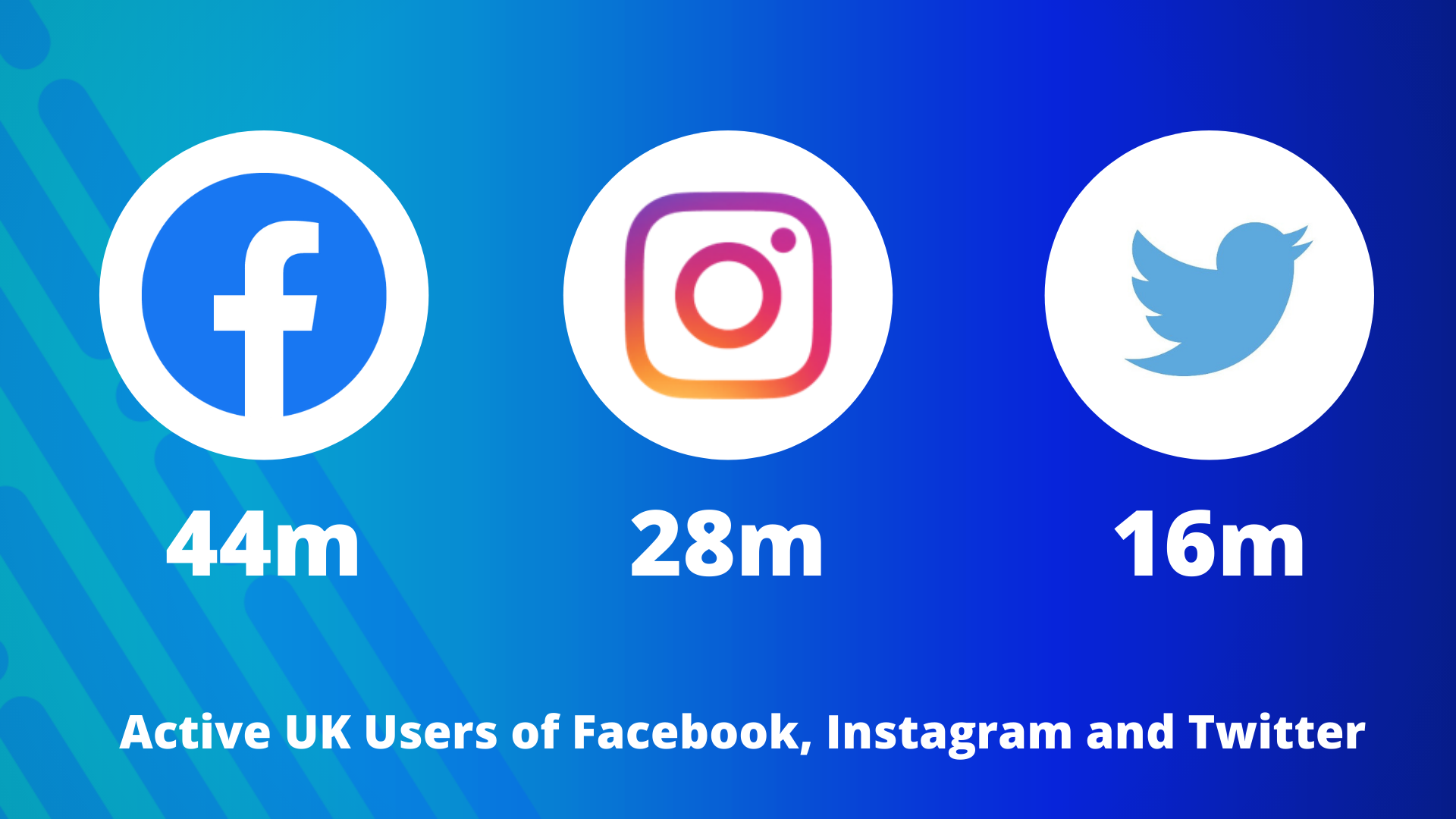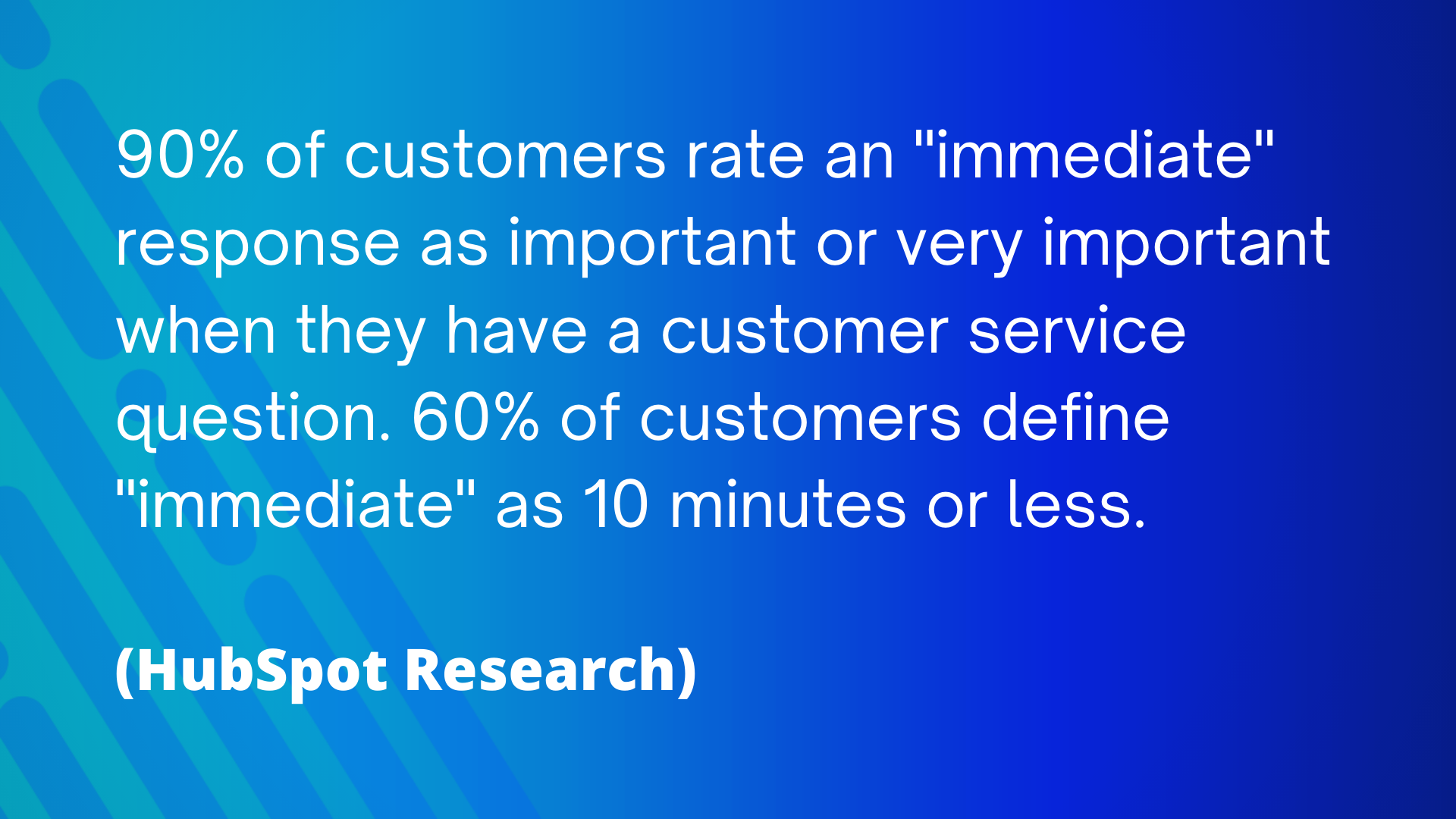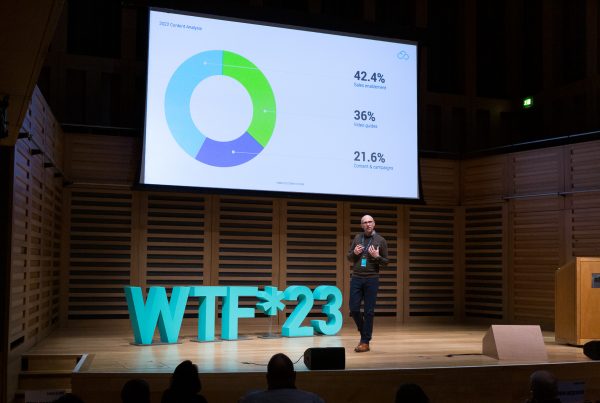Understanding the evolution of brand interaction channels
In 2021, the average ‘contact centre’ probably looks dramatically different to how you imagine. Large, inflexible sites, with banks of identical desks and agents responding to primarily voice and email queries, routed through an expensive onsite PBX, with little to no interoperability between online systems.
These large centres may still exist for national or global businesses, but for the 6 million SMEs (less than 50 employees) that exist in the UK this is not how customer service is done.
The 13 million people employed in such businesses are distributed around the UK in smaller sites, on-the-road, or even working from home, but their need to remain closer to customers than ever before is just as great as any large organisation – perhaps even more so. Small businesses often rely heavily on channels such as Instagram and Facebook to communicate with their local audiences.
The explosion of social media dramatically changed the way customers interact with the brands they buy from. They are no longer just looking to buy the right product at the right price. They want their experience to be excellent from pre-purchase to post-purchase, and they want fast responses from their chosen brand, on their terms, through their preferred channel, and social media offers an instant, and often publicly visible way for them to achieve this.
But customers also interact with the companies they buy from through web chat, chatbots, email marketing platforms, e-commerce solutions, payment platforms, ticketing systems, the list goes on, and varies from company to company based on what and how they sell to their customers. For instance, younger consumers, particularly Gen-Z are far more likely to embrace new channels, and “they increasingly evaluate brands and retailers on the seamlessness of their experience.” (McKinsey & Co, 2020)
This is particularly true of AI-driven chat-bots, where according to Business Wire, Generation Z and Millennials are more likely to agree that chatbots make it easier and quicker for their issues to get resolved. For this reason, chatbots were the fastest-growing brand communication channel, according to Drift’s 2020 State of Conversational Marketing report, while Salesforce suggest that by the end of 2021, 53% of service-based businesses will be using chatbots.
When combining voice, email, social media with these newer communication channels, this leads us to a fragmented communications landscape, where businesses often need to be able to consolidate disparate and sometimes unstructured streams of data into one centralised place, in a way where the interactions can be easily tracked and transitioned from one medium to another (for example, a conversation that starts on Facebook ends with a voice call), all while retaining a consistent brand experience. We call this ‘Omnichannel’ communications.
What does this mean for small businesses?
Integrating social media into the traditional ‘contact centre’ was, in many cases, a reactive change for contact centres and their comms vendors to manage. But now, particularly in a post-pandemic world, businesses of all sizes have accelerated digital transformation projects and subsequently SaaS solutions, including hosted telephony and UCaaS have seen exponential growth.
The same is now true for an array of cloud-based Omnichannel Contact Centre solutions, which Gartner have forecast to represent over 50% of all contact centre deployments by the end of 2022. Businesses with the right budgets, technical knowledge and appetite are already making use of the cost and efficiency savings that cloud-based contact centres can offer.
However, particularly for SMEs, until now there has been a huge commercial challenge with omnichannel contact centres. Put simply, they are expensive, meaning there exists a cost barrier for most solutions that excludes a huge number of organisations from being able to effectively deploy an up-to-date omnichannel infrastructure.
How can TelcoSwitch help?
TelcoSwitch recently launched 3Sixty, our Omnichannel, cloud-based contact centre solution, designed from the ground up to centralise internal and external communication channels, interactions, and workflows to one single web-based interface, vastly improving business efficiency and customer experience.

But as well as supporting phone calls, email, SMS, WhatsApp Business, Facebook, Instagram, Twitter, web contact forms and live chat (including chatbots), 3Sixty integrates with a host of platforms including eCommerce solutions like Shopify, Magento and WooCommerce, accounting packages like Xero, marketing tools like Mailchimp, and cloud office platforms like Office 365 and Microsoft Dynamics. So, however your customers choose to interact with your brand, and whatever third-party products and services you rely on, you will be able to deliver a great customer experience.
Most importantly however, 3Sixty offers the ultimate in customer scalability, and leads the market on bundled features and price, making omnichannel accessible to any size of customer, with a minimum seat order of just five users, and contract terms as short as 12 months.
Differentiating 3Sixty from industry practice, every feature, channel, and third-party integration available in 3Sixty is included with no additional charge, following the principles of all TelcoSwitch UCaaS offerings, and TelcoSwitch includes unlimited cloud storage and 4,000 minutes of inclusive UK outbound voice calls per user, per month all within the license cost.





